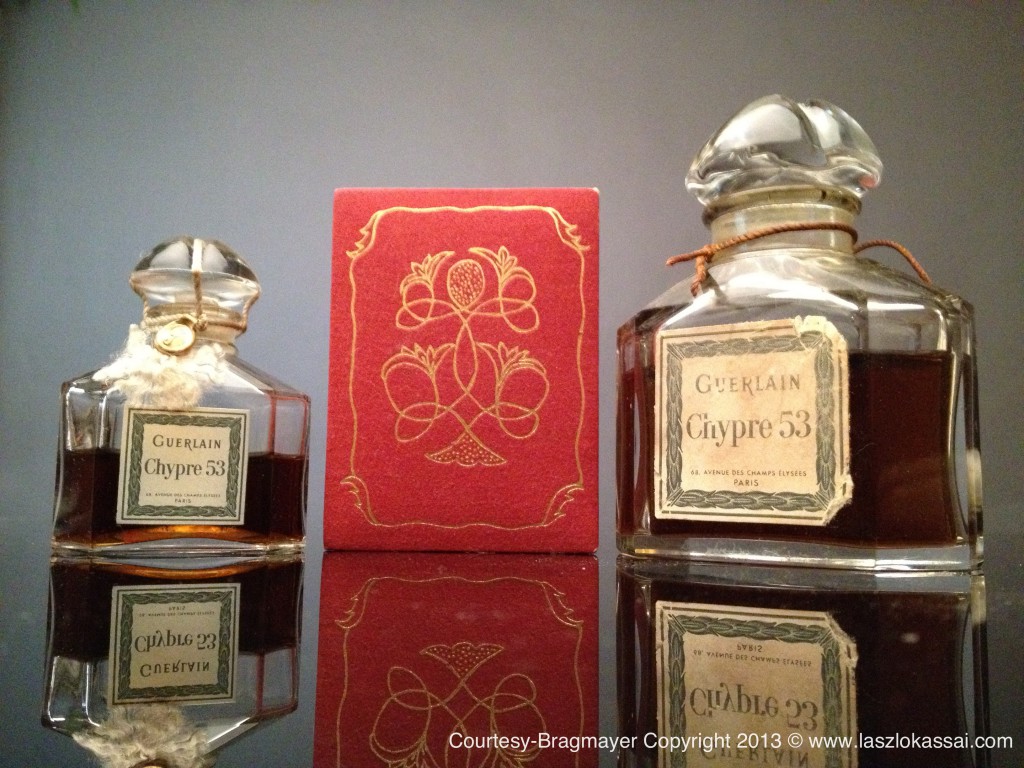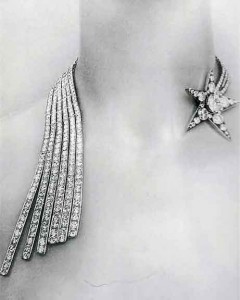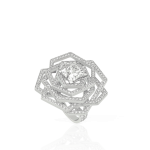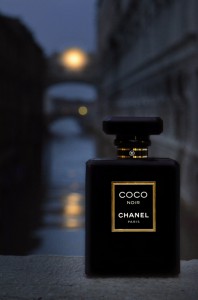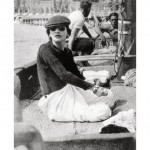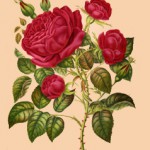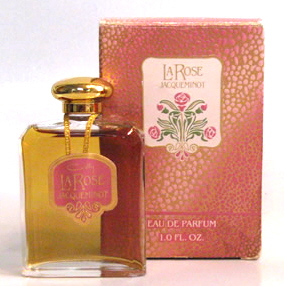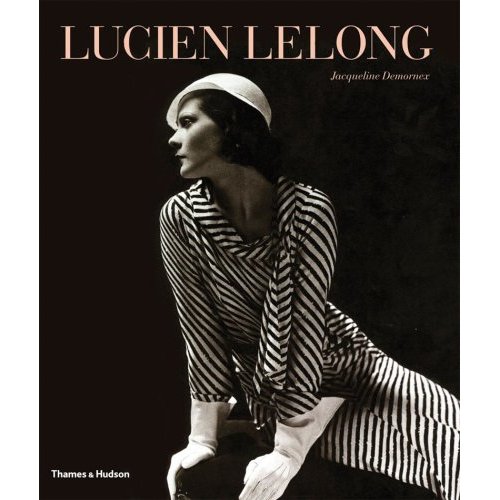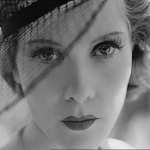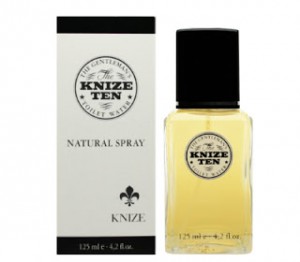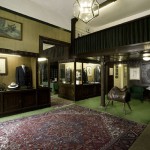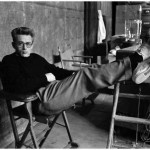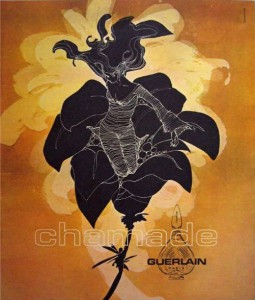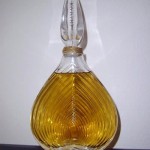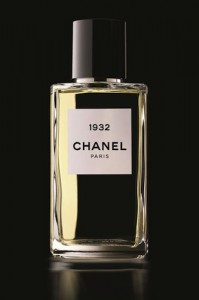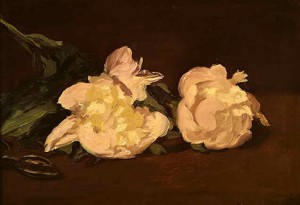Guerlain – Chypre 53
There are moments when life proves serendipitous and sends unexpected opportunities our way. A friend of mine recently asked me for my assistance in transporting some precious cargo to him overseas. He had acquired an extremely rare bottle of Guerlain’s Chypre 53 but experienced some complications in having it delivered. Always willing to lend a hand, I agreed to have the perfume sent to me in order to ship it safely on to my friend.
Chypre 53 was created by Jacques Guerlain and released by the house in 1948. While I am fortunate enough to have some vintage Guerlains in my possession, this one is quite a rarity and indeed not among those in my collection. In fact, I have had great difficulty finding any information on the fragrance. Imagine my excitement then when my friend requested that I open the box for inspection and repackaging prior to forwarding on to him!
The bottle and box were in pristine condition, unused and close to half full of beautiful, deep brown nectar. I will admit that holding the magnificent quadrilobe bottle in the palm of my hand without opening the familiar Guerlain string and seal took all of my humanly restraint. While the bottle was sealed, given the level of fluid in the bottle, it was evident that some of the perfume had evaporated, and here was where I was given the greatest gift, second only to being the owner of this beauty. Where there is evaporation, there must be some means of escape for the fragrance inside between the neck of the bottle and the stopper. On the odd chance that I might catch the briefest glimpse of this heaven, I held my face close to the bottle and inhaled deeply. I was greatly rewarded.
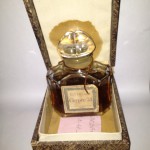
To my surprise, despite the wide gulf between the dates of their release, Chypre 53 is not unlike Mitsouko. While there was no discernible peach note and a subtle floral smell a la Guerlain, much of Mitsouko’s overall structure was present. This brought to mind L’Heure Bleue and a number of variations on its theme which were released by Guerlain, namely Fol Arome and Pois de Senteur, the latter being released by Guerlain five years after L’Heure Bleue. While Chypre 53 was not released until nearly 30 years later, it is not implausible that it represents a variation on a theme, subtly adjusted to match the trends and sensibilities of a post-WWII world. Indeed, thematic variations have been explored by perfumers and musicians alike and my brief experience with Chypre 53 brought to mind a Mitsouko rendered slightly more ethereal by a subtler tonality, a soprano to Mitsouko’s alto voice.
While it is unlikely that I will enjoy a day of wearing this fragrance and experiencing all of the surely beautiful facets explored in its drydown, the very fact of its closeness to Mitsouko was some consolation that perhaps I knew something of this beauty after all. If anyone has any experience with Chypre 53, I would love to hear about it!

